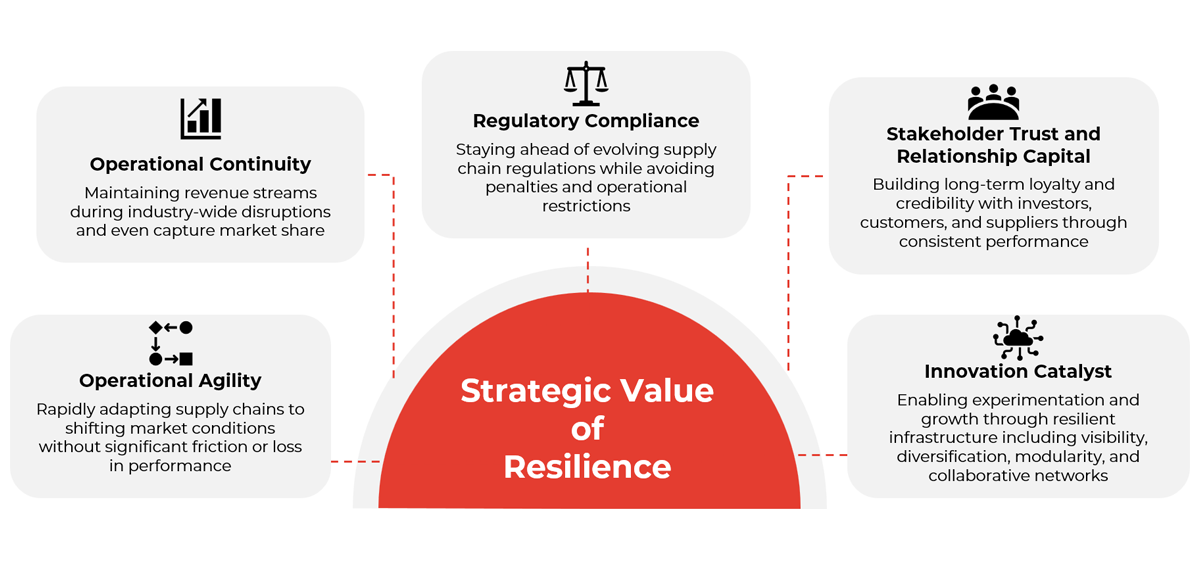The year 2022 presented unprecedented challenges to businesses across the globe, particularly in the realm of supply chain management. From pandemic-induced disruptions to geopolitical instability and surging inflation, companies faced a complex web of obstacles that threatened their operational efficiency and profitability. Navigating these turbulent waters required innovative strategies and a proactive approach to mitigate risks and ensure business continuity. Addressing these supply chain problems is crucial for survival and future growth, and understanding the root causes is the first step toward implementing effective solutions.
Understanding the Root Causes of Supply Chain Issues
Before diving into solutions, it’s essential to understand the underlying causes of the supply chain problems that plagued businesses in 2022. Several factors contributed to the disruptions, including:
- Global Pandemic: Lockdowns, travel restrictions, and reduced workforce availability disrupted production and transportation networks.
- Geopolitical Instability: Conflicts and trade tensions created uncertainty and hindered the flow of goods across borders.
- Inflation and Rising Costs: Increased raw material prices, energy costs, and transportation expenses squeezed profit margins.
- Labor Shortages: A lack of skilled workers in key sectors, such as logistics and manufacturing, further exacerbated the challenges.
- Demand Fluctuations: Unpredictable shifts in consumer demand made it difficult for businesses to accurately forecast and manage inventory.
6 Strategies to Overcome Supply Chain Challenges in 2022 (and Beyond)
While the challenges were significant, businesses could implement several strategies to mitigate the impact of supply chain disruptions and improve their resilience:
1. Diversify Your Supply Base
Relying on a single supplier can be risky. Diversifying your supply base reduces your vulnerability to disruptions caused by supplier failures, geopolitical events, or natural disasters. Explore alternative sourcing options and build relationships with multiple suppliers in different geographical locations. This helps spread risk and ensures a more stable supply of critical materials and components.
2. Invest in Technology and Automation
Technology can play a crucial role in optimizing supply chain operations and improving visibility. Implementing solutions such as:
- Supply Chain Management (SCM) software: Provides real-time visibility into inventory levels, order status, and transportation routes.
- Automation: Automates repetitive tasks in warehouses and distribution centers, improving efficiency and reducing labor costs.
- Data Analytics: Enables businesses to identify trends, predict demand, and optimize inventory levels.
3. Build Stronger Relationships with Suppliers
Collaboration and communication are essential for effective supply chain management. Building strong relationships with your suppliers fosters trust and allows for better information sharing. This can help you anticipate potential disruptions and proactively address issues before they escalate. Regularly communicate your needs and expectations to your suppliers, and work together to identify opportunities for improvement.
4. Optimize Inventory Management
Efficient inventory management is critical for minimizing costs and avoiding stockouts. Implement strategies such as:
- Just-in-Time (JIT) inventory: Reduces inventory holding costs by receiving materials only when needed for production.
- Vendor-Managed Inventory (VMI): Allows suppliers to manage your inventory levels, ensuring optimal stock availability.
- ABC analysis: Categorizes inventory based on its value and importance, allowing you to prioritize your inventory management efforts;
5. Enhance Visibility and Transparency
Lack of visibility into the supply chain can hinder your ability to respond quickly to disruptions. Implement systems and processes that provide real-time visibility into inventory levels, order status, and transportation routes. This allows you to identify potential bottlenecks and proactively address issues before they impact your operations.
6. Embrace Agility and Flexibility
In a rapidly changing environment, agility and flexibility are essential for survival. Develop contingency plans to address potential disruptions, and be prepared to adapt your strategies as needed. This may involve:
- Identifying alternative transportation routes.
- Developing backup sourcing plans.
- Cross-training employees to handle different tasks.
FAQ ⸺ Addressing Common Supply Chain Concerns
Here are some frequently asked questions about navigating supply chain challenges:
Q: How can small businesses compete with larger companies in managing supply chains?
A: Small businesses can leverage technology and build strong relationships with suppliers to overcome resource constraints. Focus on niche markets and offer personalized service to differentiate themselves from larger competitors.
Q: What is the role of sustainability in supply chain management?
A: Sustainability is becoming increasingly important as consumers and investors demand environmentally responsible practices. Businesses should focus on reducing their carbon footprint, minimizing waste, and promoting ethical sourcing.
Q: How can businesses prepare for future supply chain disruptions?
A: By diversifying their supply base, investing in technology, building strong relationships with suppliers, and embracing agility and flexibility. Continuous monitoring and risk assessment are also crucial.
Navigating the complexities of business supply chains in 2022 required a proactive and strategic approach. Businesses that embraced diversification, technology, collaboration, and agility were better positioned to weather the storm and emerge stronger. As we move forward, the lessons learned from 2022 will continue to shape best practices in supply chain management. Ultimately, the key to success lies in embracing innovation and building resilient supply chains that can withstand future challenges. Focusing on these solutions to supply chain problems will be critical for long-term success. The most important takeaway is that you must adapt to the changing landscape to thrive.

